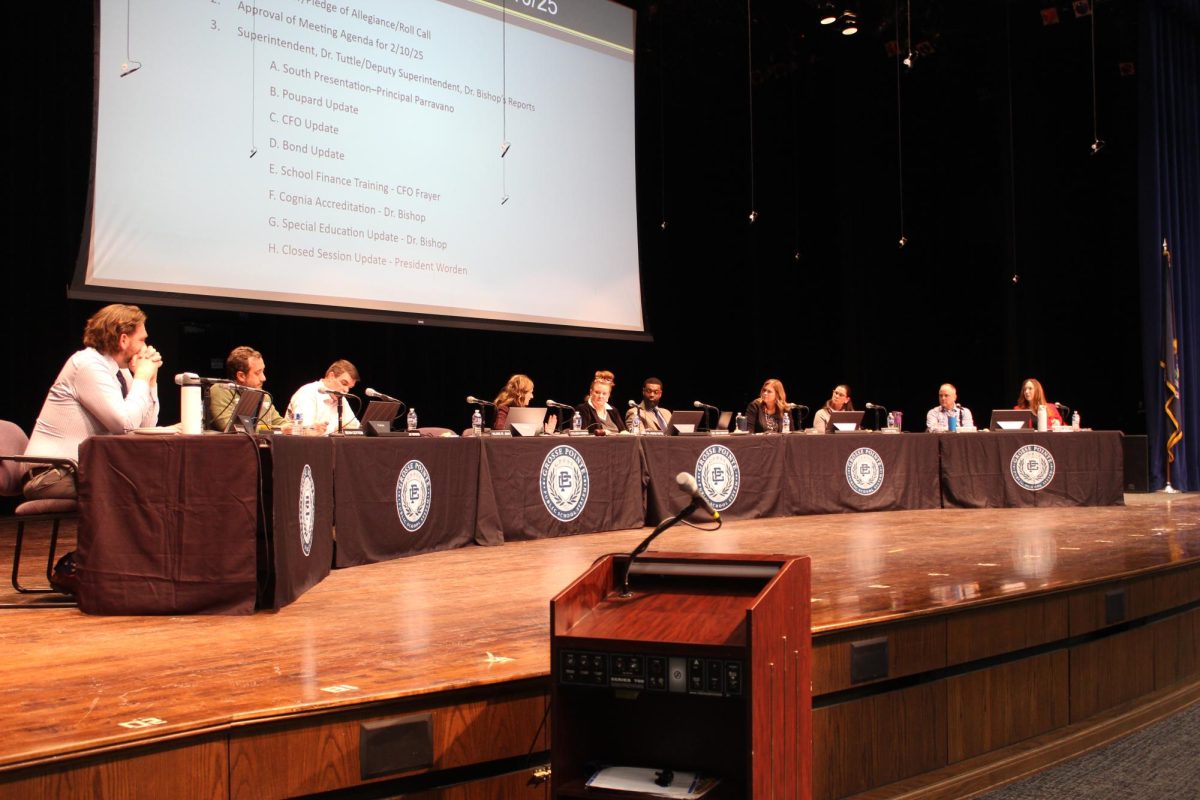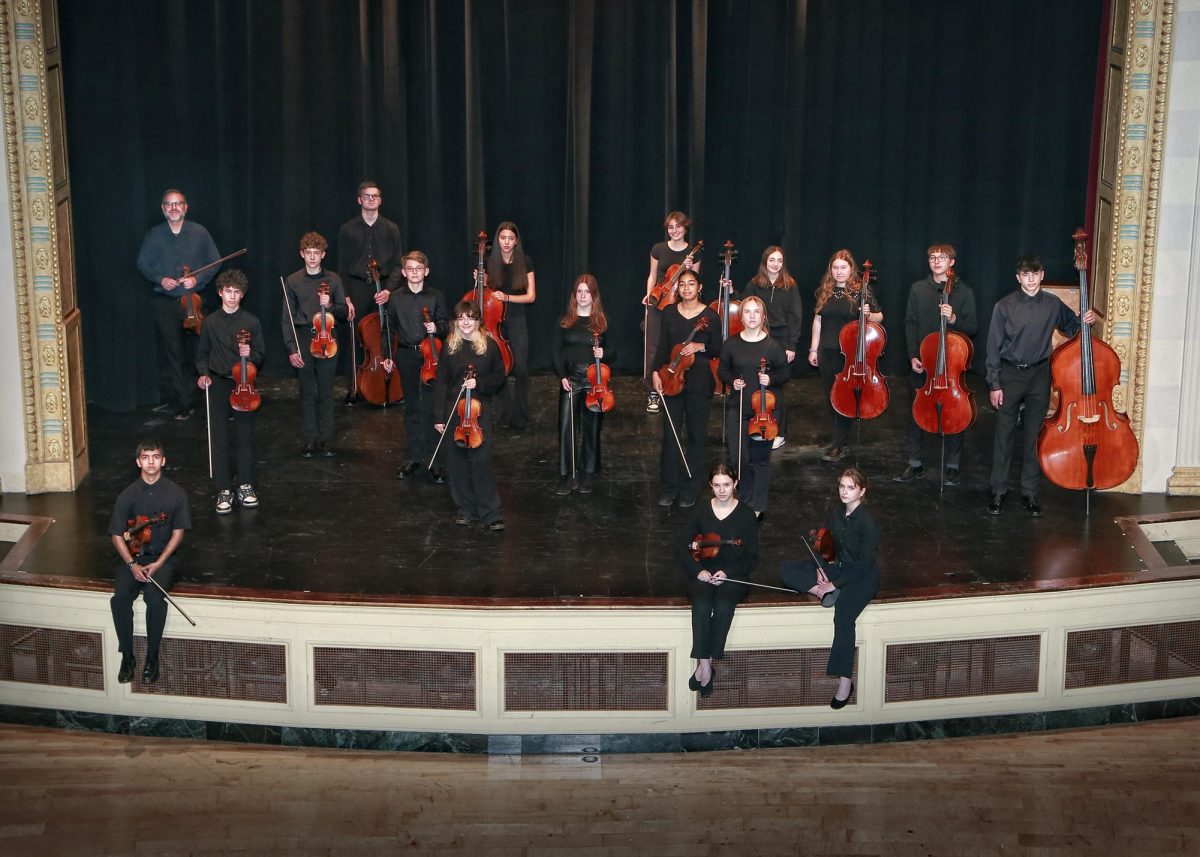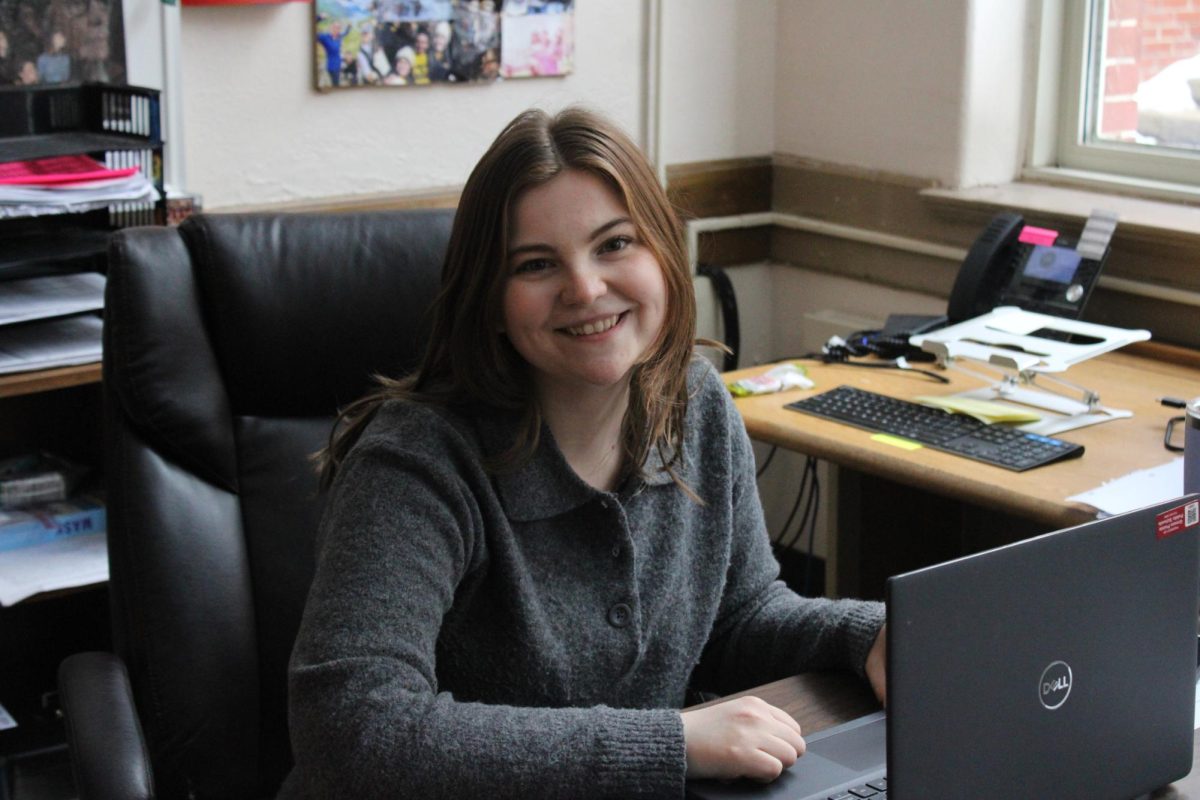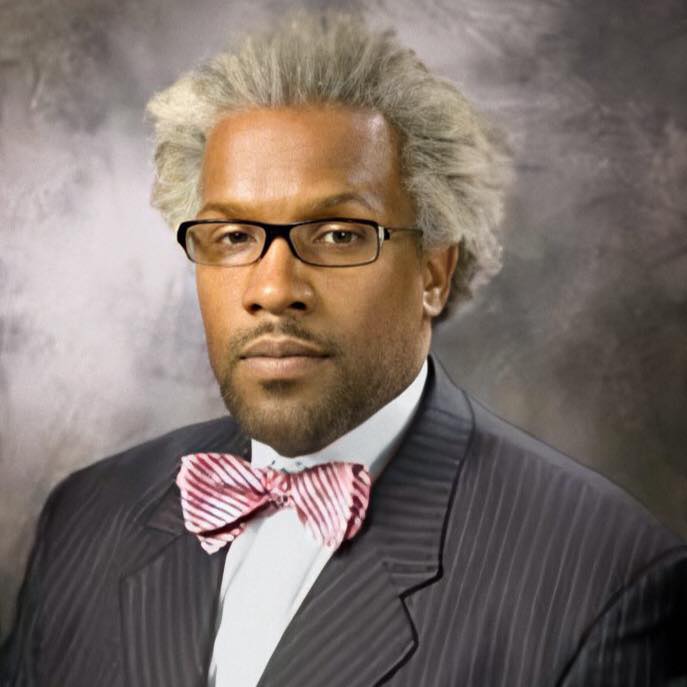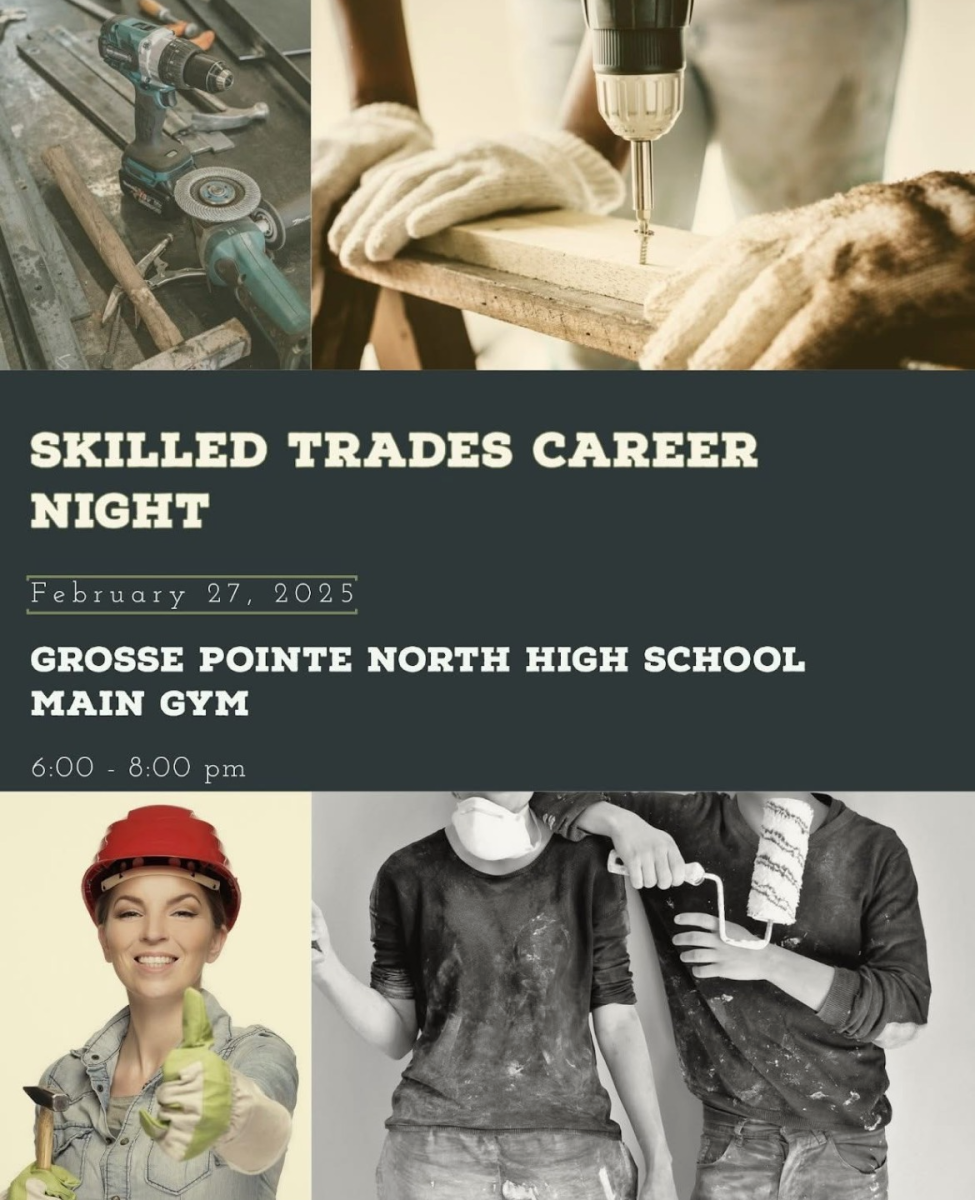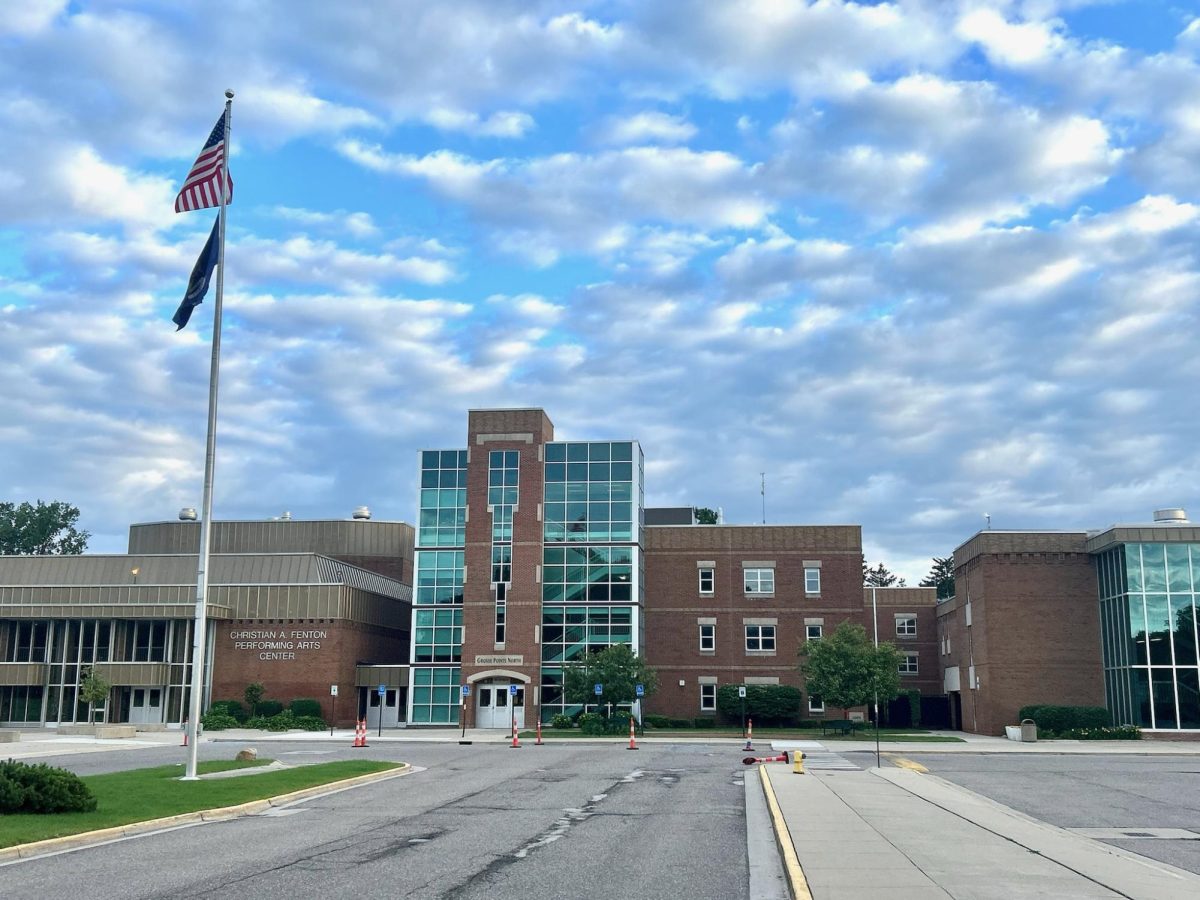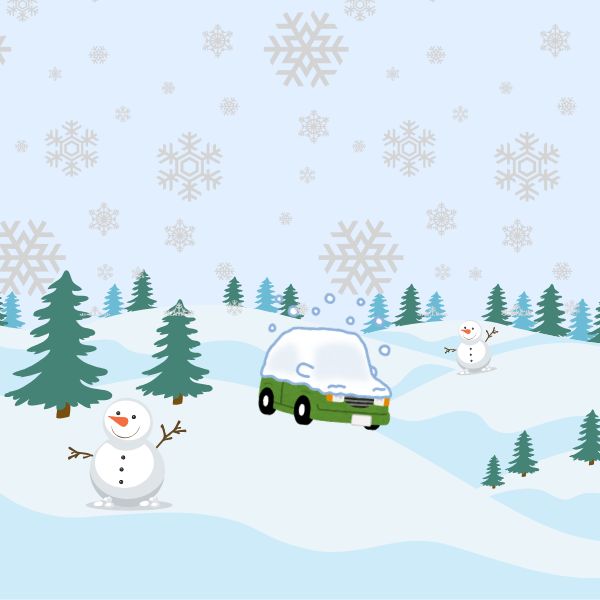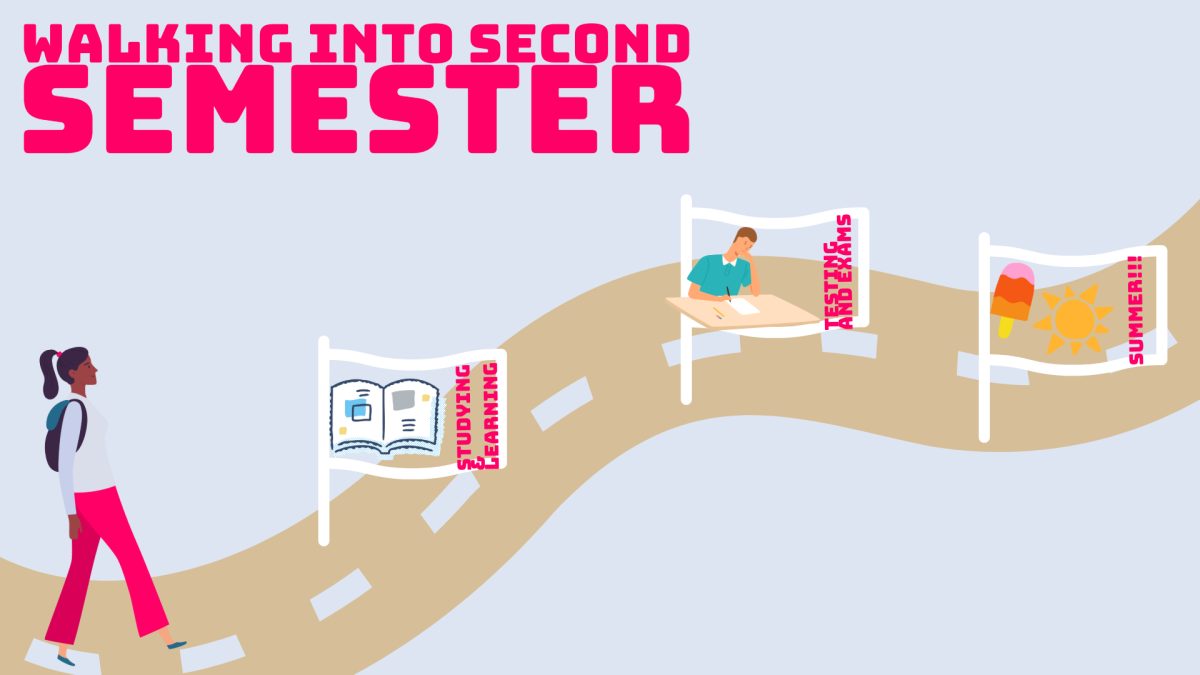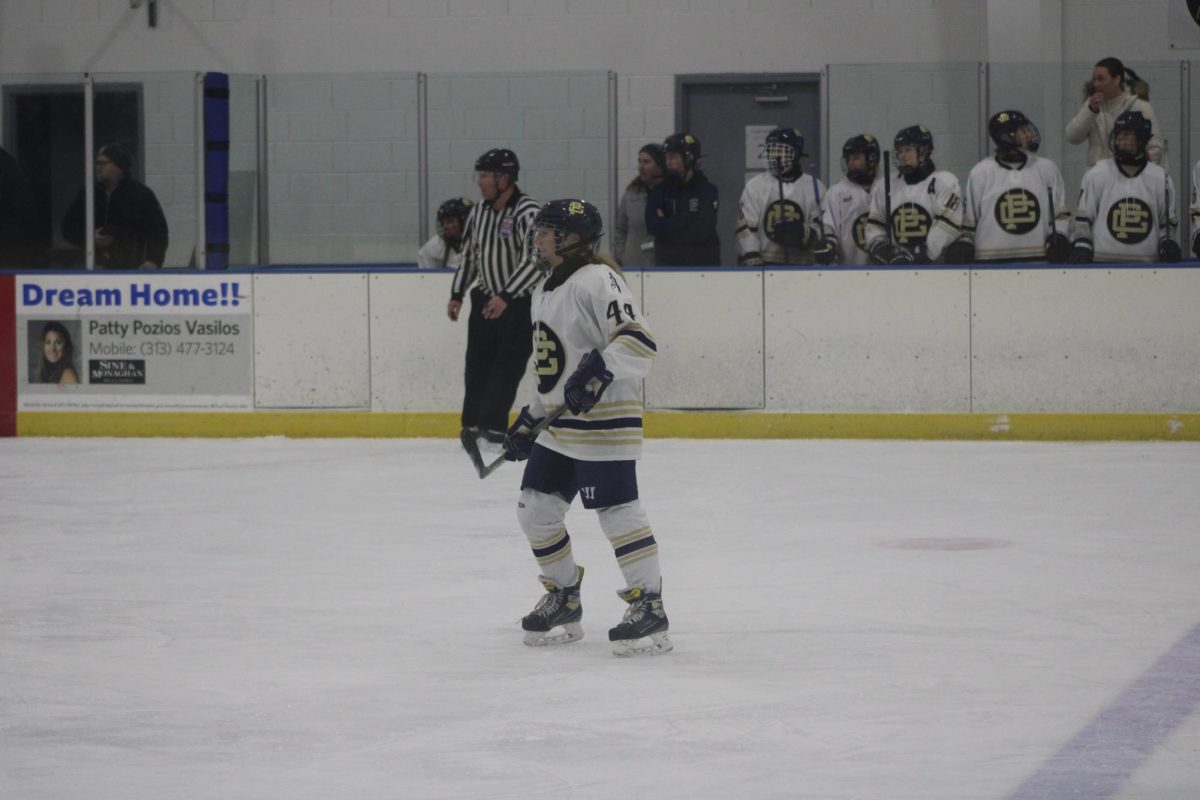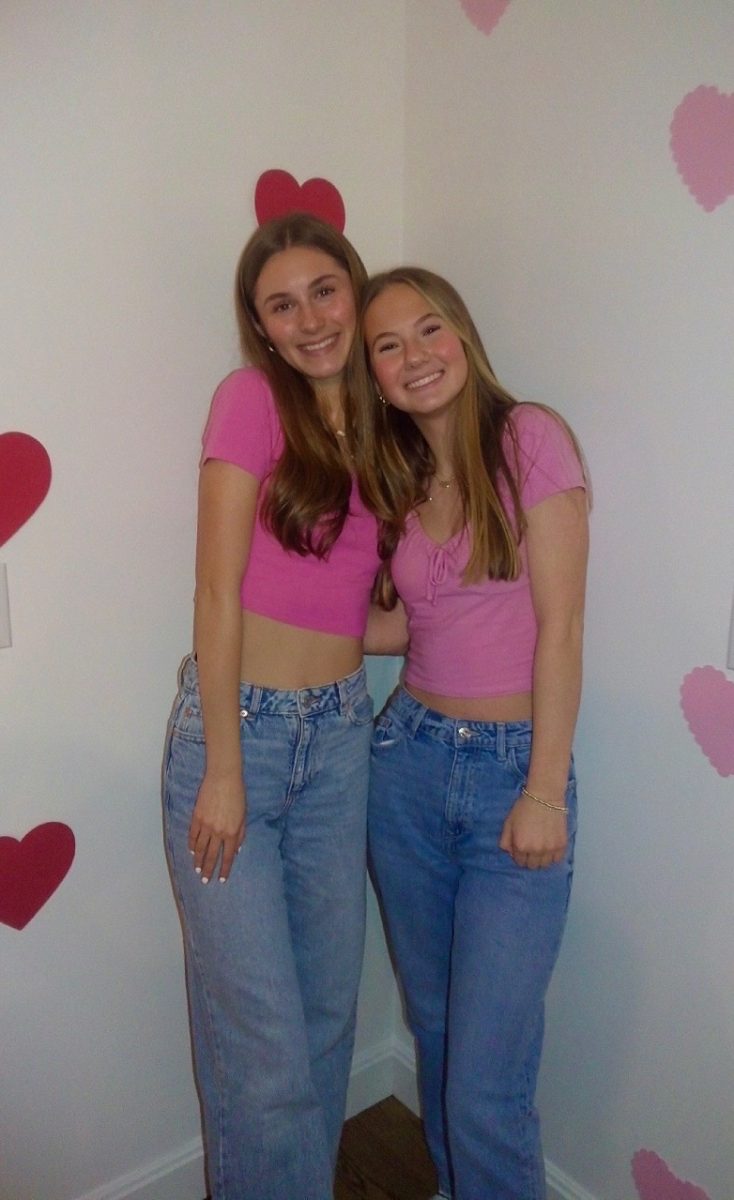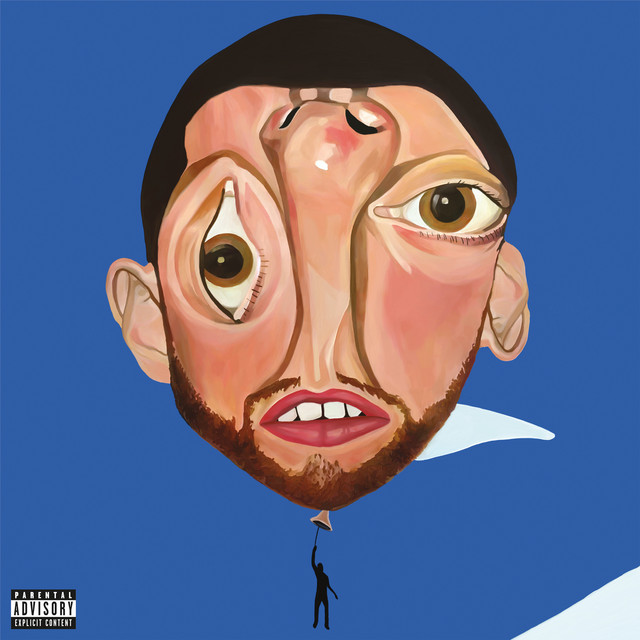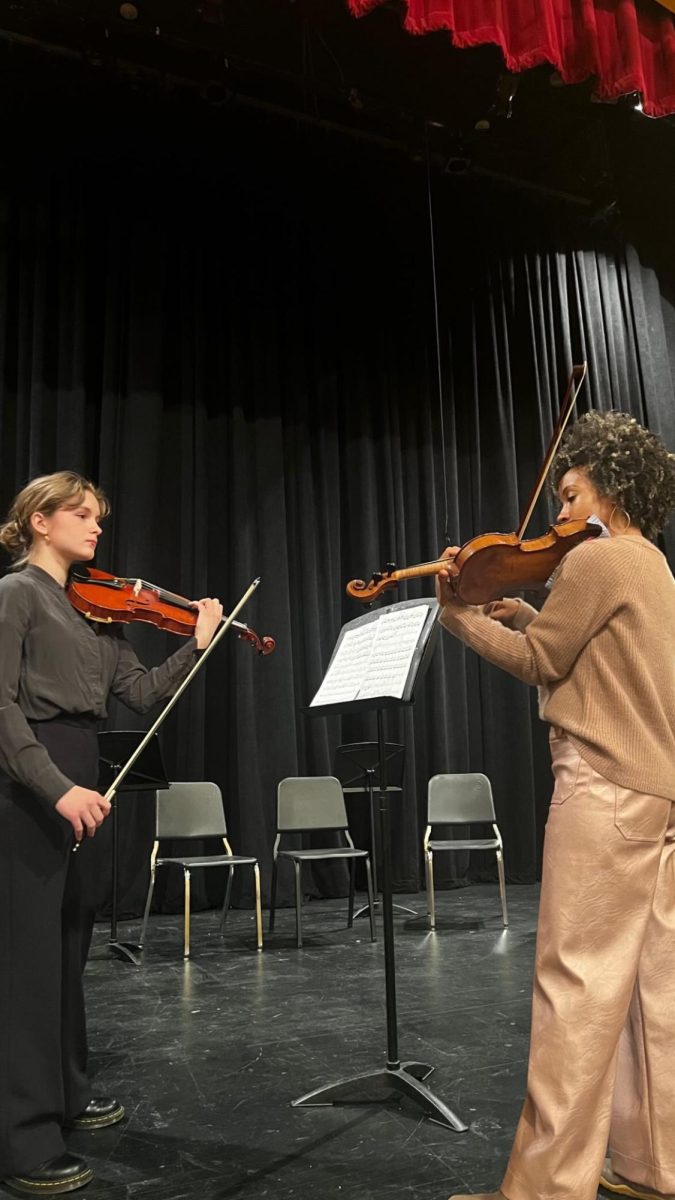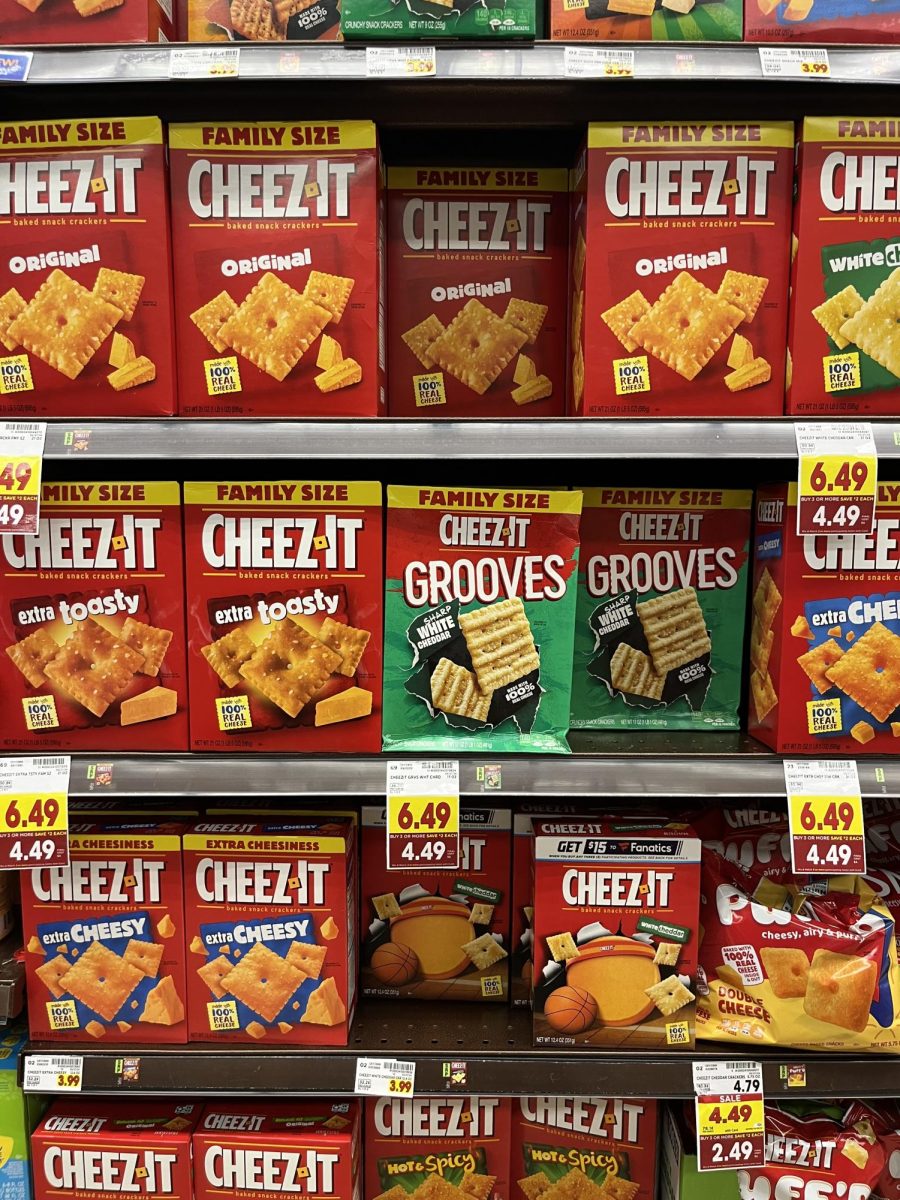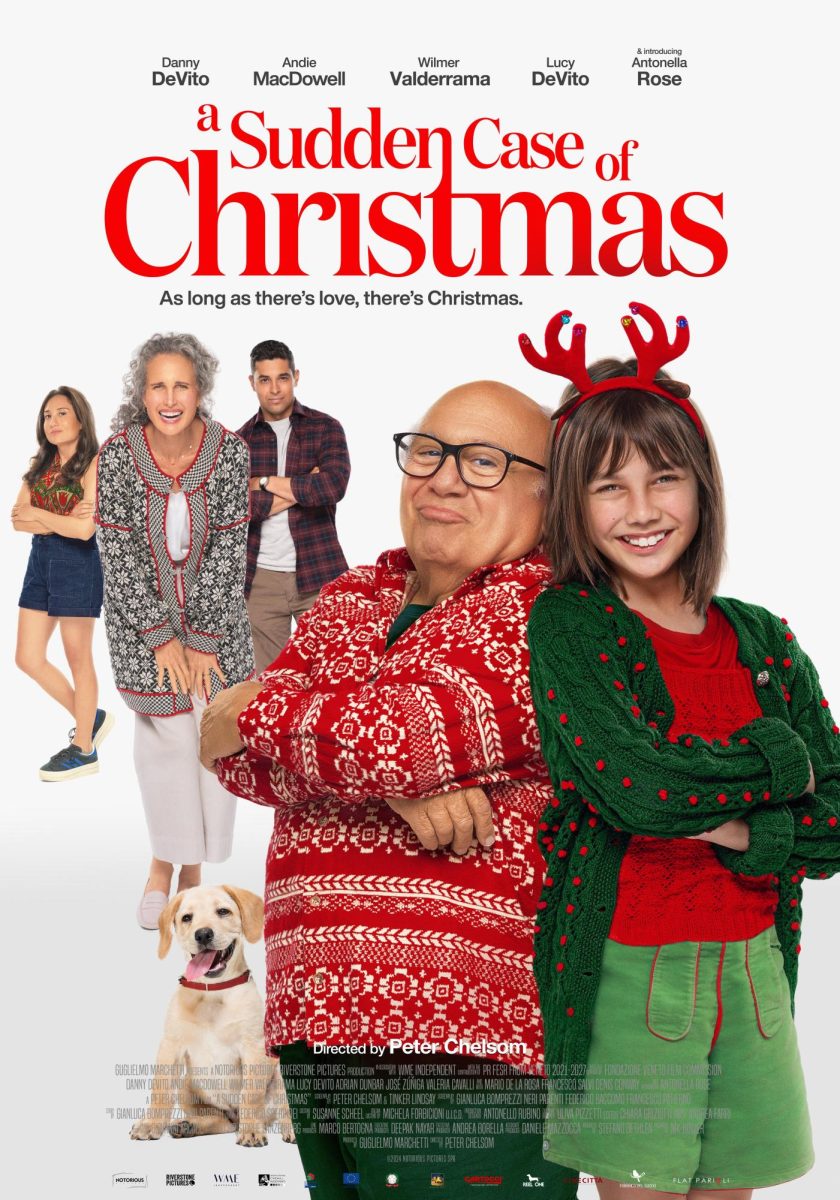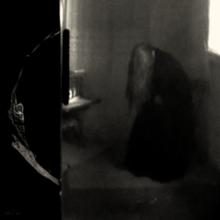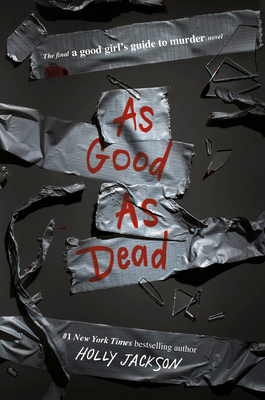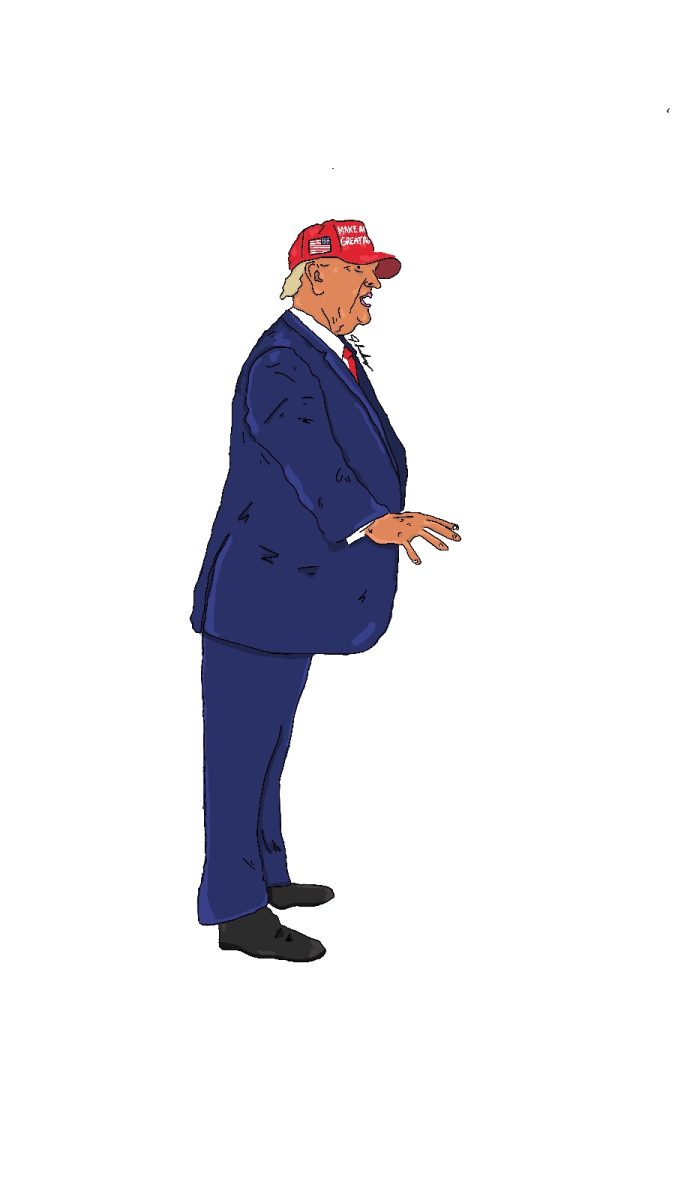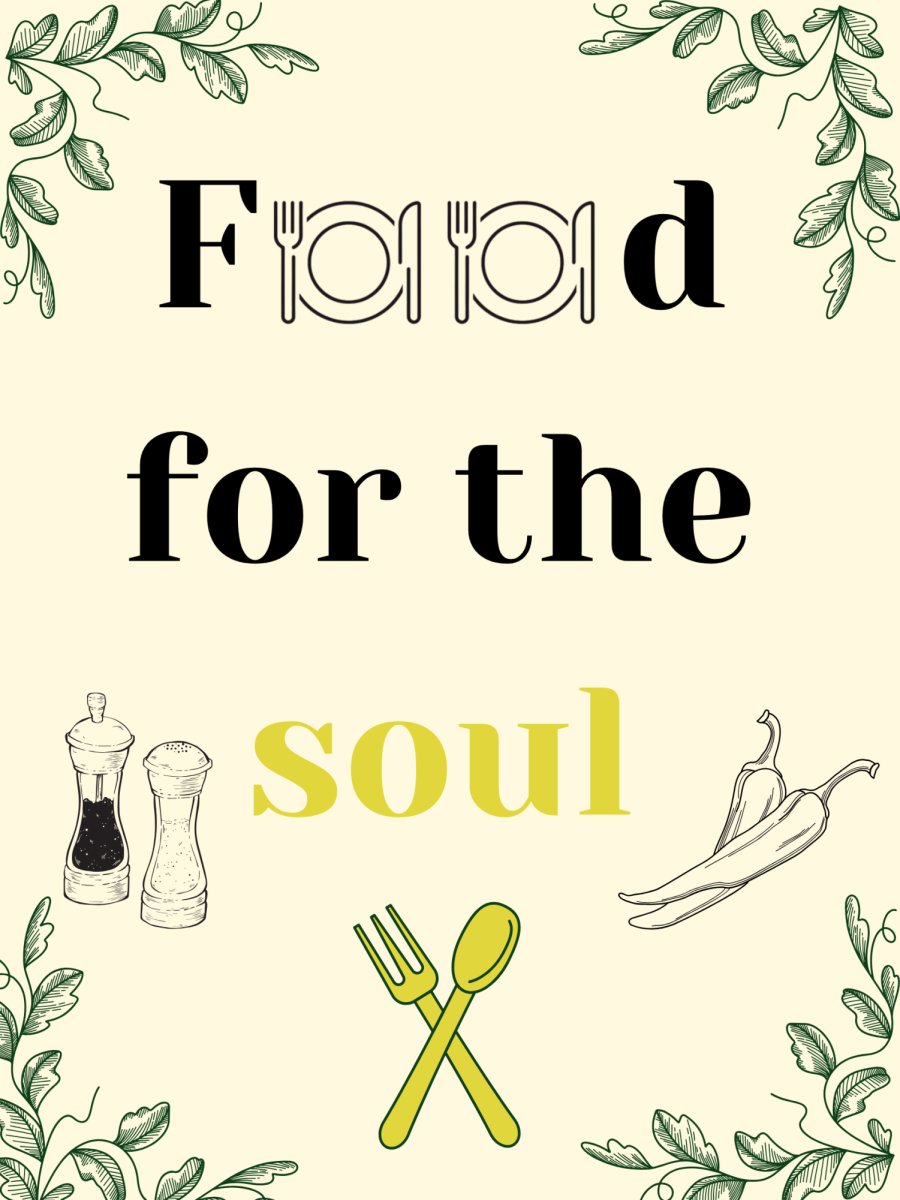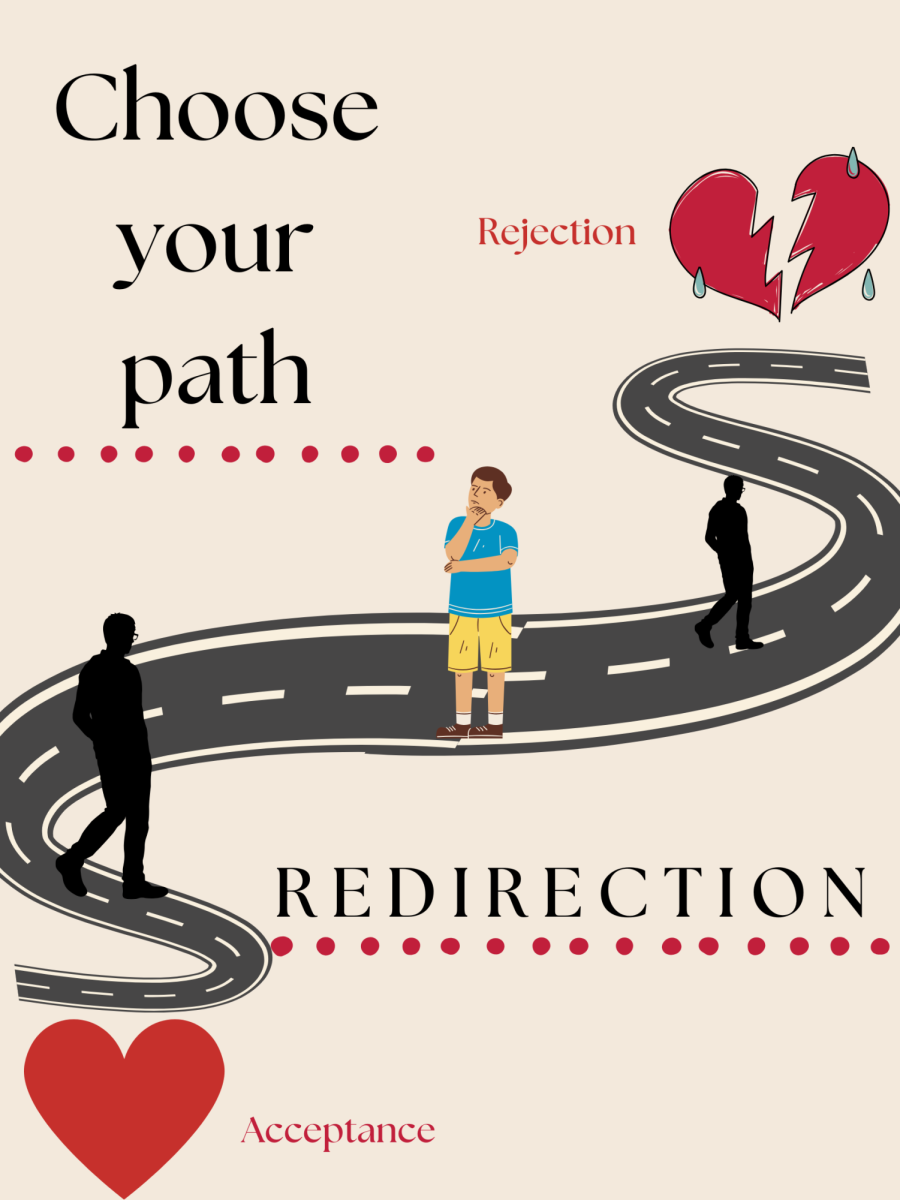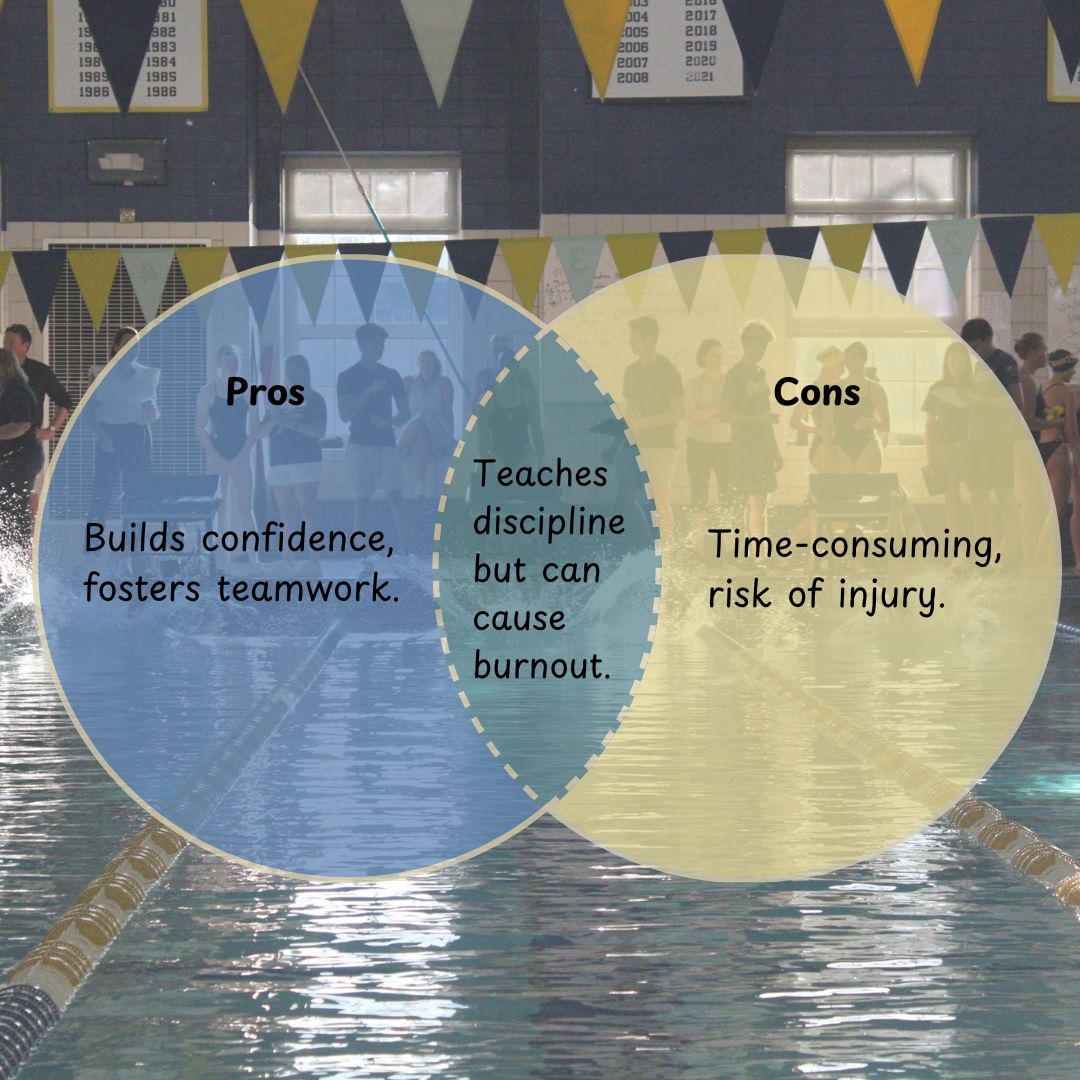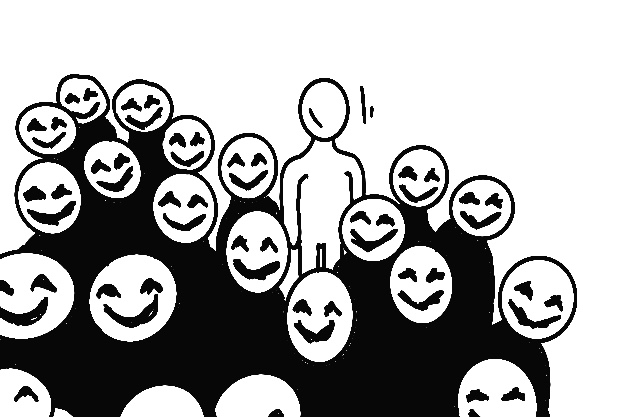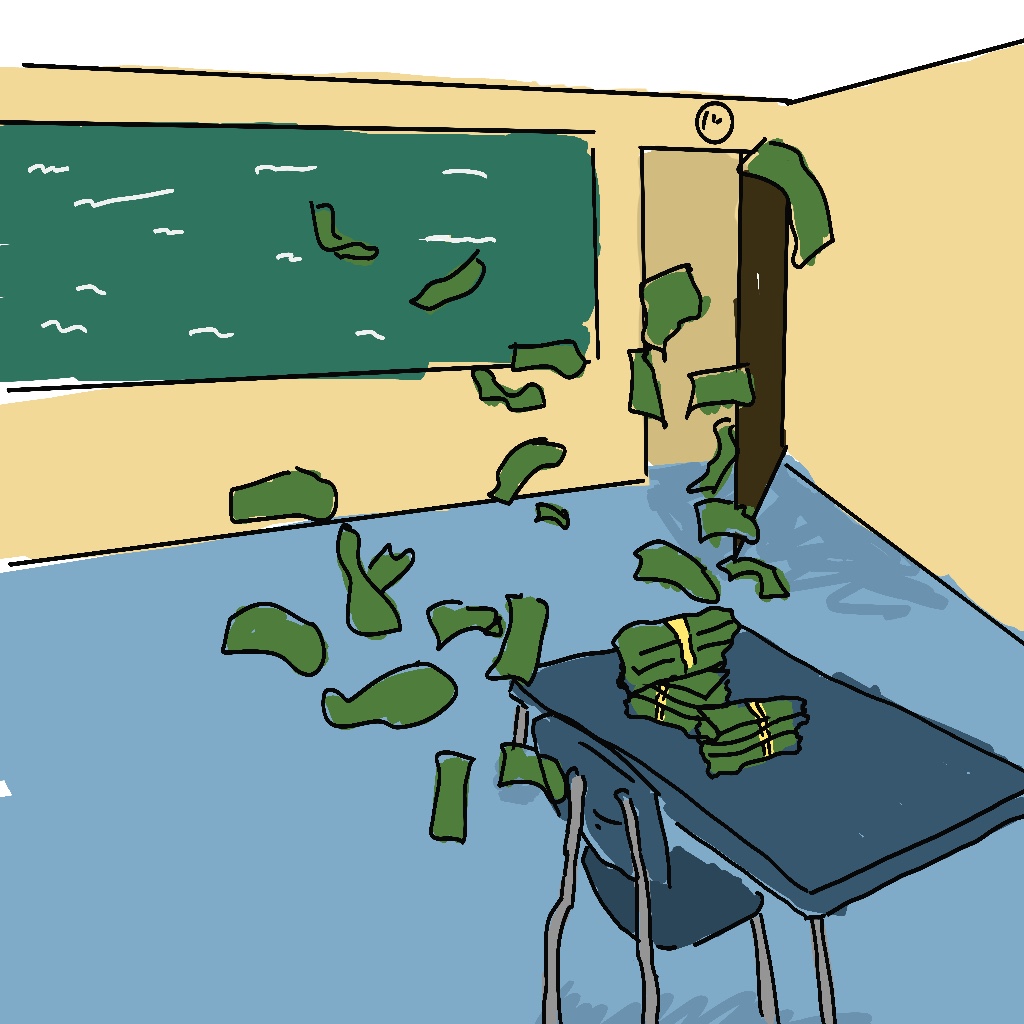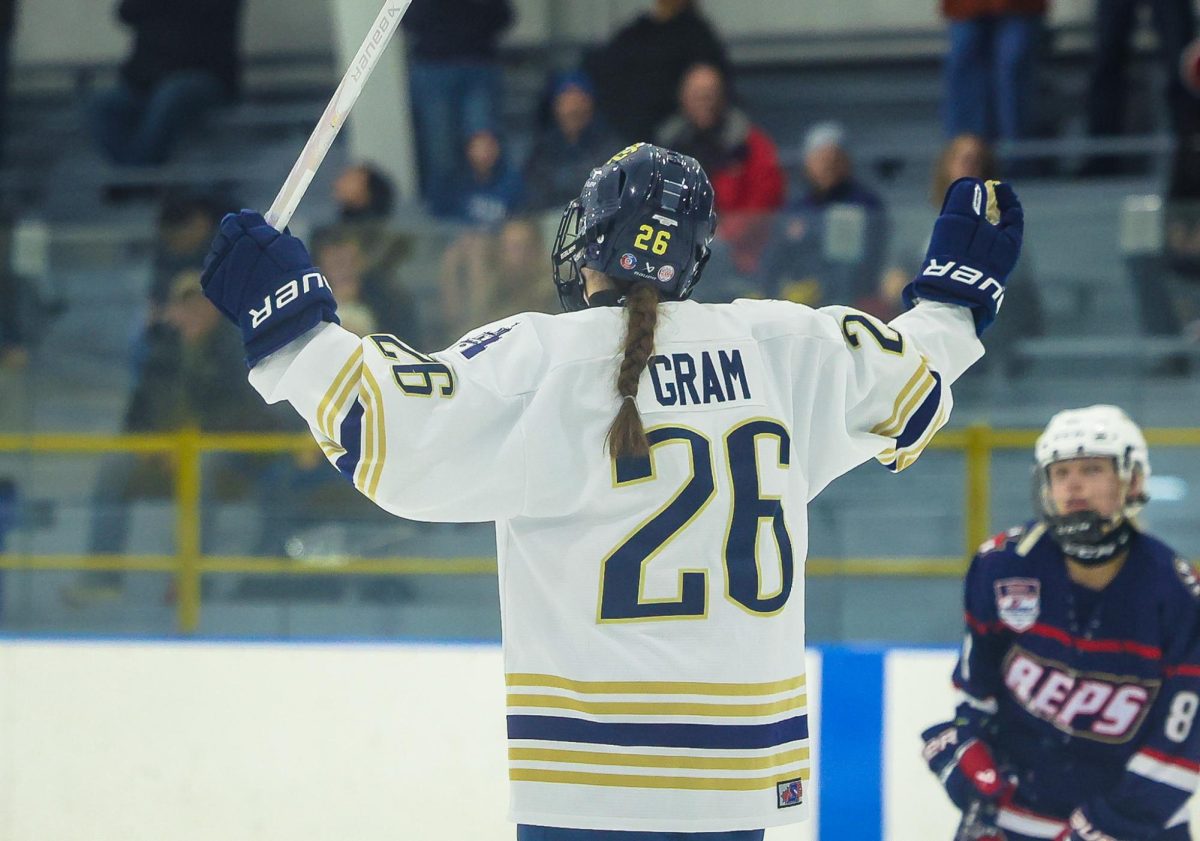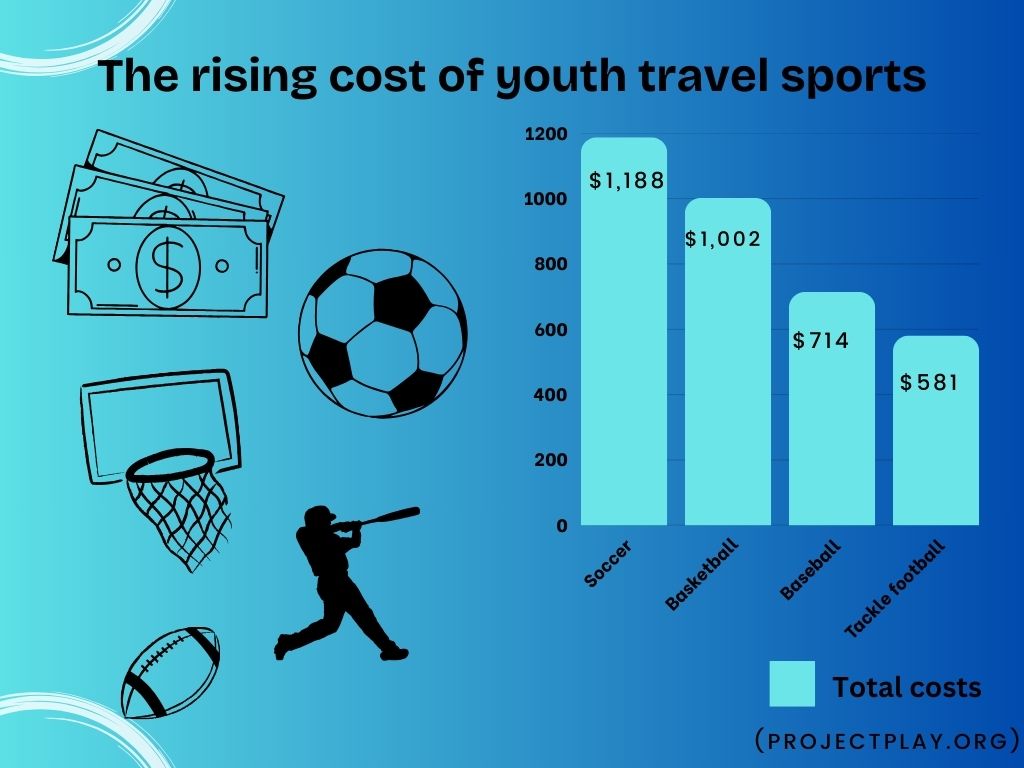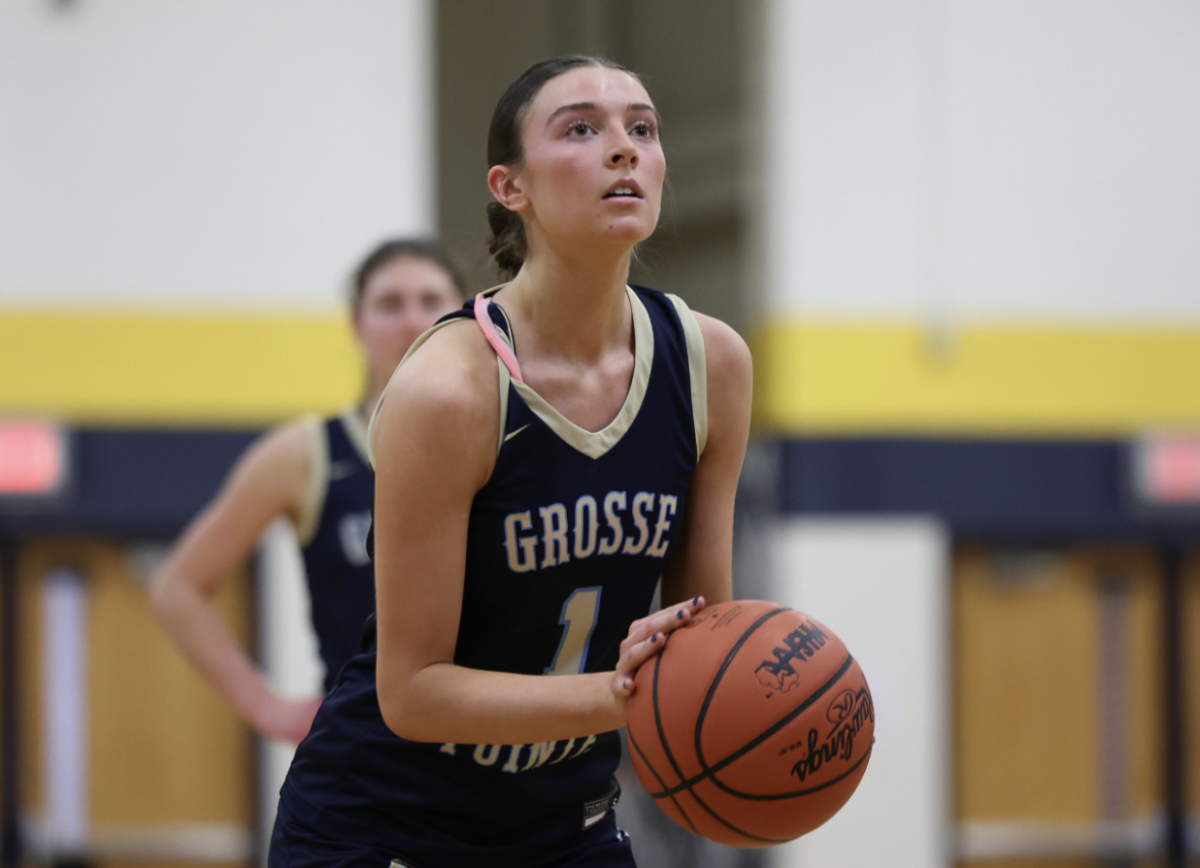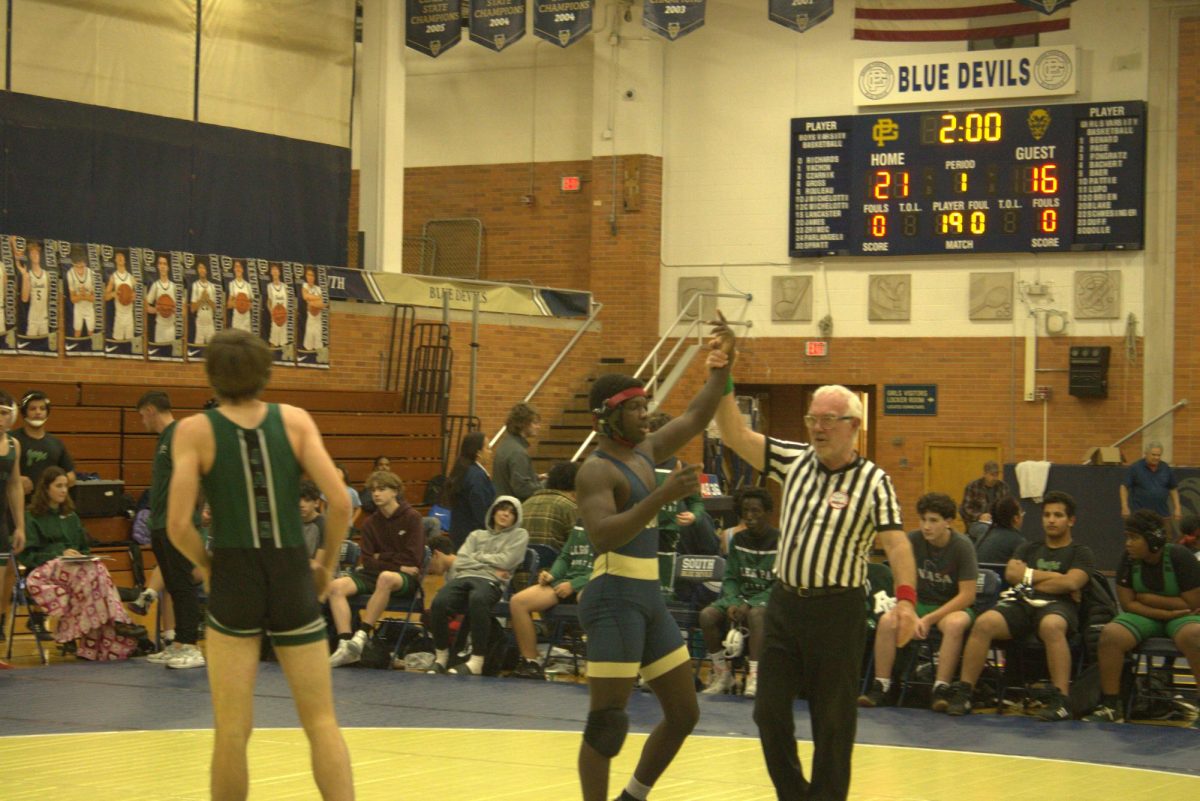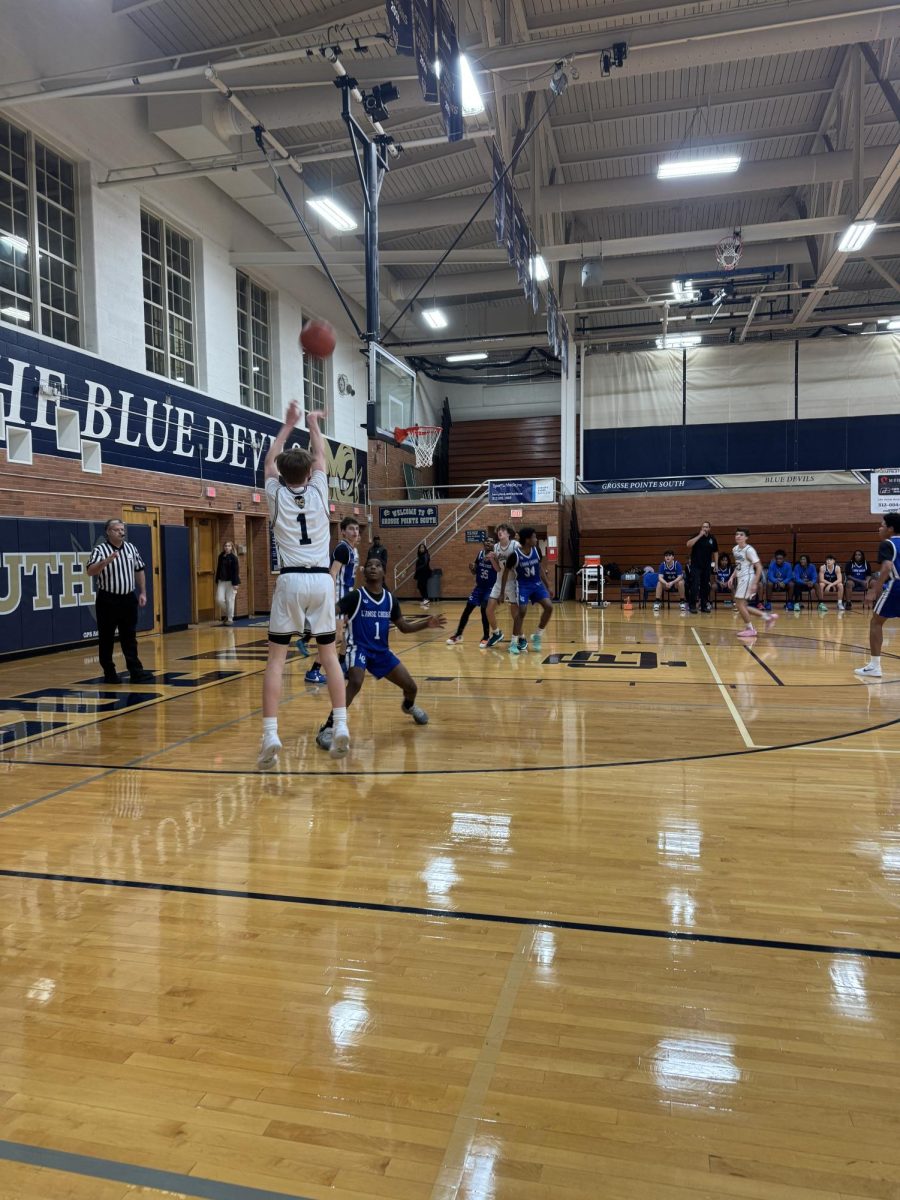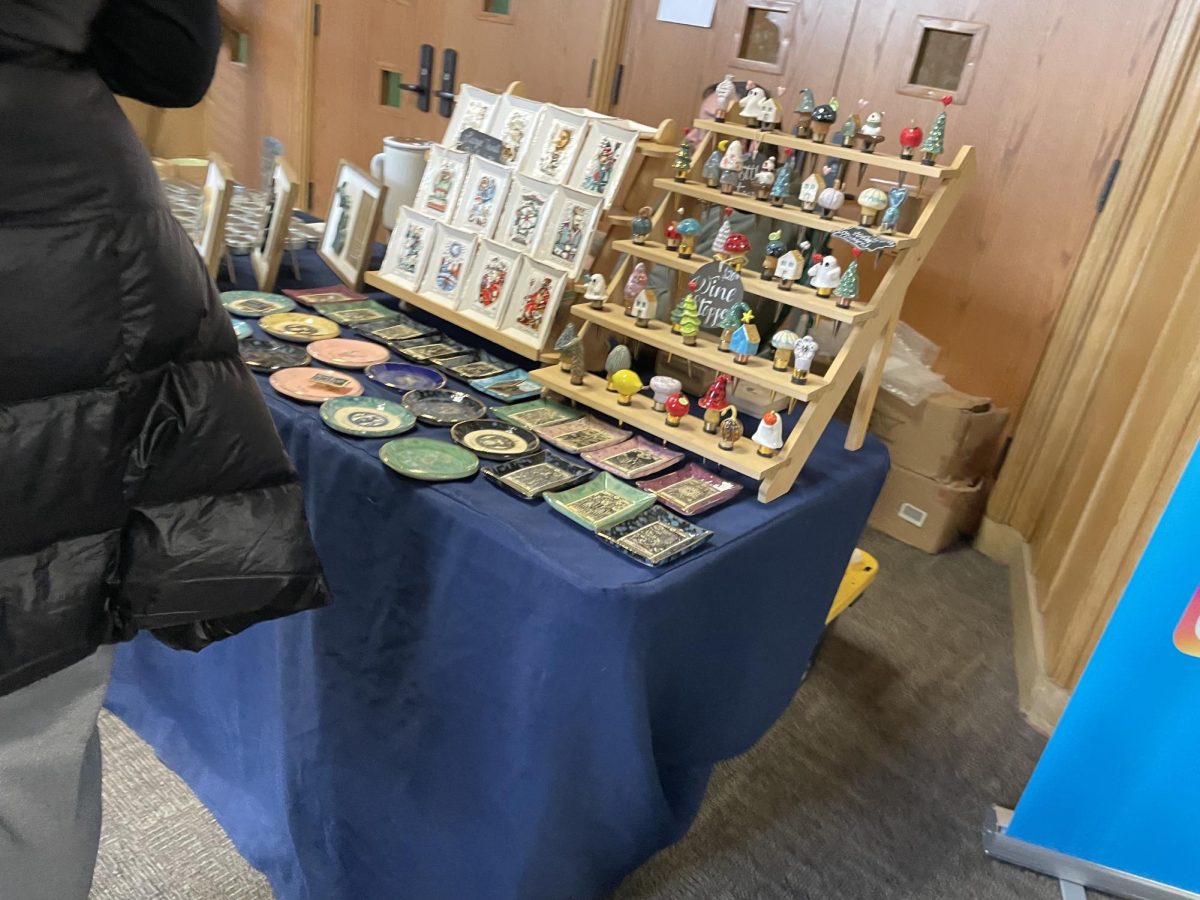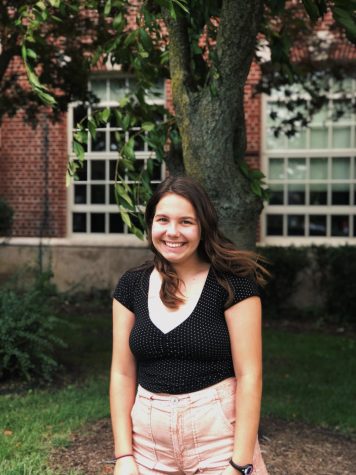Flattening the curve: What it means to socially distance
April 5, 2020
Regan Sherry ’21 hasn’t left her house in over ten days. She and her family, like many other Grosse Pointe residents, have been socially distancing themselves due to increasing concerns around the coronavirus.
According to Site Director of St. Joe’s Medical Group in Livonia and Doctor Erin Walton-Doyle, social distancing is keeping a distance of at least six feet between people.
“It is very challenging and probably not relevant to social distance in your home with people that you live with,” Walton-Doyle said. “But with anyone that you do not reside with, keep a distance of six feet.”
Walton-Doyle added that though this is an evolving situation and changes every day, social distancing is the most crucial component of minimizing the spread of the coronavirus.
“I can’t overstate the importance of social distancing,” Walton-Doyle said. “It is the primary component of prevention of (the spread of the coronavirus).”
Walton-Doyle said social distancing is a method of flattening the curve. She said when the curve is flatter, the number of infections over time is spread out– that way, they do not all occur simultaneously and overwhelm our already-limited healthcare resources.
“At the same point in the evolution of the virus in Italy– meaning four days in, 14 days in, whatever day we are– we have more cases than Italy had,” Walton-Doyle said. “That means we are on track to, potentially, overwhelm our healthcare systems.”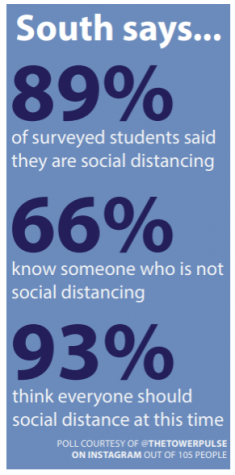 Walton-Doyle said where Italy currently is, they have more sick patients than they have ICU beds or ventilators. They are having to ration care, meaning that they have to choose who will receive care.
Walton-Doyle said where Italy currently is, they have more sick patients than they have ICU beds or ventilators. They are having to ration care, meaning that they have to choose who will receive care.
“(Italy’s situation) is what is on target to happen if we do not socially distance,” Walton-Doyle said.
South counselor Beth Walsh-Sahutske seconded Walton-Doyle, saying that people are trying to slow the rise of infections through social distancing.“What we’re trying to do is just try to have a slower rise– because it’s going to rise,” Walsh-Sahutske said. “We can’t do anything about that. We just try to slow it so that our hospitals can possibly keep up.”
Walsh-Sahutske said it’s also important to socially distance because some people could be carriers of the disease without knowing it.
“We assume that we’re not sick, especially if we’re not in a high risk category,” Walsh-Sahutske said. “However, we can be carriers. I’s very important that we make an assumption that we could be carrying something. We also don’t know who we’re going to be running into, and maybe they have a vulnerability that we don’t know about. It really is a safety measure.”
However, Walsh-Sahutske said there isn’t much more people can do to prevent the spread of the virus.
“I think (social distancing is) the best we’ve got right now because, unfortunately, there’s not a lot of options available to us,” Walsh-Sahutske said. “Our best hope from everything I’m reading is that we just need to slow the growth of this curve. Keeping our distance is the best way we can do it right now.”
Walton-Doyle said she believes in order to fully prevent the virus’ spread and flatten the curve, everyone must remain at their homes unless leaving is essential.
“It is safe to say that across the country, most, if not all, physicians believe we should be limited to the confines of our home,” Walton-Doyle said. “That means that not leaving unless one must go to the grocery store, or some other essential activity, because that seems to be the only way to truly socially distance people.”
Walton-Doyle added that many people are not listening to the recommendations for social distancing. She said it’s very hard to change behavior without implementing something at the federal level.
“What I believe needs to be done– and probably should have been done weeks ago– is effectively quarantine everyone to their homes as they have started to do in the Bay Area in San Francisco,” Walton-Doyle said.
Walsh-Sahutske’s advice for students stuck at home is to take advantage of having more free time by utilizing online resources or trying something new.
“There are so many things available right now to try to engage people in something different,” Walsh-Sahutske said. “As an adult, there’s so many things I would like to do that I just don’t have time to do. Now’s the time to do those things that you like to do. So, learn that song on the piano or connect via social media– which is also a really good way to not feel isolated or feel like you’re stuck alone in this.”
Sherry said she has been pretty bored at home, but she passes the time by doing productive things, such as homework and cleaning her room.
“It’s been a hard adjustment for me because I’m usually out and about in Grosse Pointe, but it’s been nice to spend time with my family,” Sherry said. “I’ve also been watching Netflix to help relieve some stress and Facetiming my friends and older sisters to stay connected.”
Sherry added her advice for other students in the same situation is to keep busy– otherwise, boredom will set in.
“To students who are still hanging out with friends, I would say either start staying home more or when you get home, wash your hands,” Sherry said. “Stay healthy as the best that you can.”
Walsh-Sahutske said it’s important not to discount the people that are hurting or uncomfortable in their home situation.
“(This) would be an opportunity to use some of those telephone lifelines,” Walsh-Sahutske said. “There’s the suicide helpline that can help you have that human connection to talk through some anxiety you’re feeling. Counselors have office hours that we have posted, and we’re happy to talk. People should definitely reach out if they’re feeling like they need support.”
According to Walton-Doyle, people comparing COVID-19 to the flu has been counterproductive.
“The flu has been circulating for years– it circulates over time,” Walton-Doyle said. “It does not, in one fell swoop, incapacitate the healthcare system. Instead, it circulates over months and does not completely overwhelm the healthcare system.”
 Walton-Doyle added that since coronavirus is a new virus, people have never experienced it, meaning there is no immunity.
Walton-Doyle added that since coronavirus is a new virus, people have never experienced it, meaning there is no immunity.
“(The lack of immunity) is the main issue,” Walton-Doyle said. “People are encountering (the coronavirus) for the first time. This virus has the potential to overwhelm the healthcare system, whereas the flu generally does not– not to mention that we have a vaccine for (the flu).”
Furthermore, Walton-Doyle said since there is no lasting immunity to COVID-19, people have tested positive on two separate occasions after they have recovered.
“So, clearly, even in this short timespan that we’ve had it circulating, people can contract it a second time,” Walton-Doyle said. “There’s no lasting immunity from season to season. So, it’s like the flu because we don’t have lasting immunity to that either– you can get it this season, and then get it the next. There’s still a lot that we’re learning about it.”
Walton-Doyle said she thinks the most important thing to add is that people can contract coronavirus and pass it on, even if they’re not showing symptoms.
“Millennials, infants, everybody that’s younger than me at age 40 is going to have exceptionally mild disease,” Walton-Doyle said. “If they do not stay home, they will pass this on and people will die. I’m telling every single patient about this. I cannot be serious enough.”
Additionally, Walton-Doyle said people don’t understand that they can be asymptomatic and have the coronavirus. She said the bulk of the disease is asymptomatic people spreading it.
“(You could be) asymptomatic, meaning that you have zero symptoms, or you might have a very slight cough,” Walton-Doyle said. “You might not even get the fever or the shortness of breath. You might have a slight sore throat, but mainly no symptoms.”
The main thing Walton-Doyle wanted to stress was that the virus can last on the air and on different surfaces for long periods of time.
“(Coronavirus) lingers in the air, in the form of droplets for three hours after someone coughs or sneezes,” Walton-Doyle said. “It is on stainless steel and plastic for three days. It is on cardboard for 24 hours. People need to remember that when they’re at the grocery store, when they get an Amazon delivery, wherever– you name it. That’s why hand washing is so important– why not touching your face and just not going out is so crucial.”
Walton-Doyle further stressed that if there was anything she wanted people to do, it would be to stay home.
“Only have contact with people that you live with,” Walton-Doyle said. “Not grandparents. Not a playdate for little kids. You should not see any of these people unless you’re six feet apart. This is the defining event of your lifetime, and, possibly, mine.”

